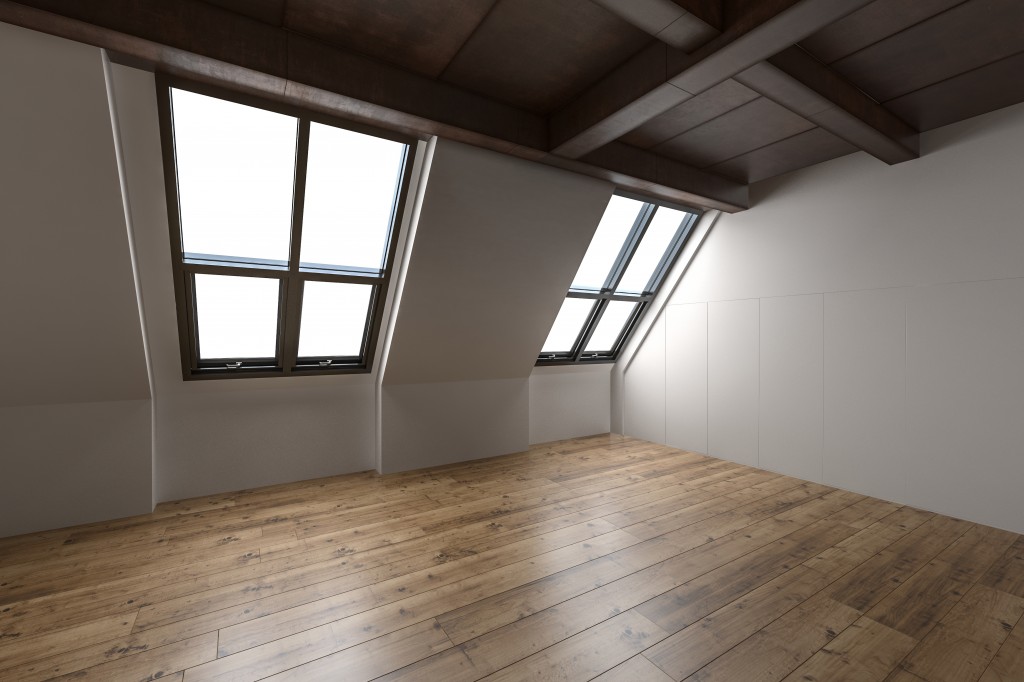All that extra space in the attic has probably got you thinking about all kinds of DIY projects.
If you’re thinking about adding more storage or living space in the attic, it’s a worthwhile project to pursue. It can help you get rid of clutter and organize your stuff.
However, unstable flooring, water leaks, and poor insulation — to name a few — can thwart your efforts. Below are a few tips on how you can address these issues.
Mind the floor structure
Before you start taking extra furniture and all sorts of things into the attic, see to it that the floors are structurally sound.
Ceiling joists and boards hold up an attic’s flooring, and if they lack sufficient reinforcement, it’s dangerous to put excessively heavy boxes and storage equipment. So best to play it safe.
Test out the floors with your own weight first. Then from there, add a few items little by little to see how they hold up. If the floors can’t accommodate the ideal number of items you’d like to have in the attic, you can augment the floors with larger and sturdier ceiling joists — 2×8 and above should be fine.
However, the solution you go with will depend entirely on what kind of things you’ll be storing in the attic. If you only plan to store items like empty suitcases or seldom-used luggage, you probably don’t need to make big changes to the floor structure.
When in doubt, you need to contact a loft conversion specialist or other professionals to find the best solution.
Watch out for water leaks
Look up, and you’ll realize that another thing to worry about is water leaking from above. You can’t take any chances with a leaky roof as water infiltration might damage precious stored items.
There are several signs you should look out for, such as stains and dark patches on ceilings. When you spot this area, try to pinpoint the source of the leak. If one part of the roof looks like it’s rotting, that’s another thing to be aware of.
However, there are some cases where it might only seem like leaks are the culprit. Sometimes poor ventilation in the attic can encourage condensation around the roof framing. If that’s the case, you need to ensure proper air circulation in this area.
Additionally, vent fans can transfer moisture into the attic. If you have vent fans that end just below the attic, make sure to check them and see to it that the fan duct is redirected outdoors.
Make sure ideal temperature levels are present

Homes often have proper insulation from the elements. However, in several houses, the attic is not included in this thermal envelope.
Things that are sensitive to extreme cold or heat shouldn’t be stored in an attic with weak insulation. While you might be thinking of storing them in several layers of boxes and wrappers, they might still deteriorate or become heavily damaged.
Make sure not to store items near vents where they can be exposed to cold air. Additionally, if you’re planning to add wall or ceiling insulation, consult professional advice first. If you don’t do it the right way, attic insulation can further contribute to poor ventilation, which brings you back to the problem of excess condensation.


